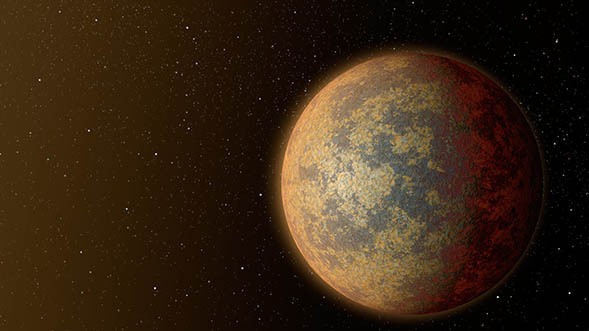Astronomers from NASA have discovered a rocky planet just outside the solar system that is believed to be the closest planet to Earth. Using the Spitzer Space Telescope, this new planet is claimed to be bigger than Earth where researchers are hopeful to discover crucial scientific data.
This new exoplanet called the HD 219134b is apparently just 21 light years away from Earth where it currently orbits its parent star from a distance that is not too close or too far, in the habitable zone that can be hospitable for life.
The exoplanet cannot be seen directly via telescopes however, the parent star of the planet can be seen visually during darker night skies in the constellation Cassiopeia that is close to the North Star.
The exoplanet HD 219134b is also the nearest planet from Earth outside the solar system that was observed during its transit or when it is passing in front of its own star, making this a perfect candidate for more scientific observations.
According to Spitzer mission scientist Michael Werner from NASA's Jet Propulsion Laboratory, observations of transiting exoplanets are pivotal for further research and studies where HD 219134b will be extensively studied in the future. This planet was first detected by the Galileo National Telescope's HARPS-North instrument situated in the Canary islands.
According to co-author of the study, Ati Motalebi from Switzerland's Geneva Observatory, this newly found exoplanet is the ideal subject for research when the James Webb Space Telescope operates in 2018, which is also the successor to the Hubble Space Telescope.
However, astronomers find it difficult to observe transiting exoplanets due to Earth's relative orientation which is why it is most advantageous when a planet passes by its own star between Earth, that dims the light's path towards our planet.
When this dimming is detected due to the exoplanets blocking the light from its parent star, it now allows observatories like Spitzer to determine the planet's size and even its composition.
According to co-author of the study, Lars A. Buchhave from the Massachusetts Harvard-Smithsonian Center for Astrophysics, other exoplanets are located hundreds of light years away meaning HD 219134b is close to our planet and measures 1.6 times larger than Earth.
This new study is published in the Astronomy & Astrophysics journal.



























